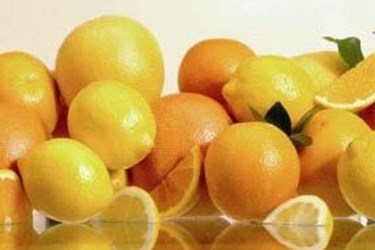Filtration Challenges In Flavor Production

While adjusting to the latest consumer trends is key, flavor houses must also meet requirements for clarity and purity. Selection of the right filtration technology is critical in achieving these goals as flavor producers must overcome multiple challenges:
-
There can be high variability in raw materials, the extraction method and the corresponding extraction solvents. Additionally, the chemistry of the flavor substance itself can require the use of different, very complex processes.
-
The requirement to mix different solvents (alcohols /polypropylene glycol), and water resulting in turbidity-forming colloids. There is a further risk that haze may occur after packaging.
-
The existing opacity/turbidity is often complex and can be of both particulate and colloidal origin. Additionally, waxes in oils (e.g. for citrus flavors) can place very high stress on the separation processes.
-
Aroma and color are delicate chemical components. Manufacturing techniques must provide the delicate balance in preserving the fragile notes while delivering on clarity.
- Flavor production requires a great deal of flexibility to process both large and small batches.
Filtration and separation equipment used in flavor production must be selective and have the flexibility to reliably remove the different sources of turbidity. However, it is also important that these steps do not negatively influence or reduce quality-enhancing characteristics like aroma and color.
Get unlimited access to:
Enter your credentials below to log in. Not yet a member of Food Online? Subscribe today.
